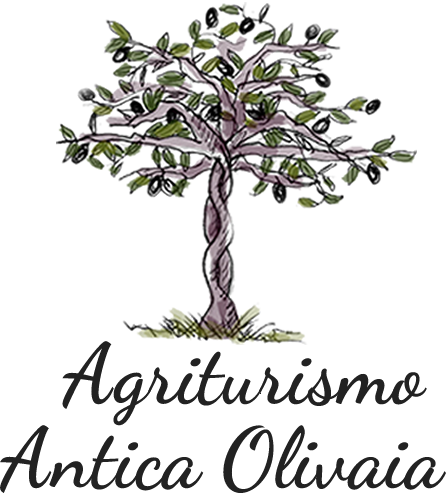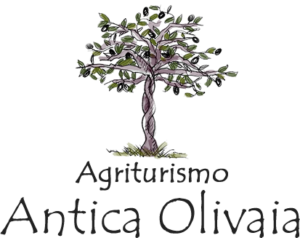ORVIETO – A town full of life. An authentic experience.
Umbria has always been a historical and cultural melting pot. The Etruscans and then later the Romans traversed through these lands, leaving their traces and building towns, aqueducts, roads, bridges and waterfalls. Later men and women of God built monasteries, convents and churches. And even though it is one of the smallest regions of Italy, it has one of the greatest concentrations of Italy’s bests: nature, wild life, monuments, landscapes, wine, churches, food, and historical figures.
This is the land of rivers and forests, saints and popes, battles and warriors, miracles and cathedrals, mountains and high plains, peasant food and wine, truffles and olive oil, boars and salamis and wild horses running in endless fields of flowers – all these words conjure images that are uniquely Umbria. All of these characteristics located in one very unique region. Orvieto and the other towns and villages spread throughout Umbria can offer visitors an artistic and cultural patrimony within ancient and rare landscapes that is unbeatable.
Orvieto is one of the most ancient towns in Italy; thanks to its unique geographical location atop a tufa plateau it was almost impossible to attack. Bronze and Iron Age tribes were present before it became an Etruscan settlement, later named Volsinii Veteres, or Velzna, around the 9th century B.C. Eventually it became a leading member of the 12 strong Etruscan federation and the site of the Etruscans’ principal religious shrine the Fanum Voltumnae. In 264 B.C. (possibly earlier), the Romans ravaged the town and displaced the Etruscans to present day Bolsena or Volsinii Novi and the place they abandoned became known as Urbs Vetus (the Old City ) thus Orvieto. It took the Romans two years to conquer Orvieto, which is a natural fortress, with its cliffs on all sides. The Etruscans had dug an intricate web of caves and numerous wells, so they were able to defend Orvieto for a long time.
Its medieval influence was considerable, the independent commune challenging Florence and eventually claiming land as far as Monte Amiata in the north and to the silver coast at Orbetello in the west. Power and prestige remained high until the mutually damaging squabbles between ruling noble families – the Monaldeschi’s and the Filippeschi’s – and then the Black Death of 1348 took their final toll. It passed to the Church a hundred years later and became something of a papal home away from Rome with 32 popes having stayed in Orvieto.
The most famous of these being Pope Clement VII who built, at great cost, Orvieto’s claim to fame – the Well of St Patrick’s – as well as Pope Urban IV, who in 1290 commissioned the construction of one of the finest cathedrals (“Duomo”) in Italy to house the miracle of Corpus Christi. From 1600 to 1700, Orvieto underwent profound architectural changes: the Albornoz Fortress was built, as well as many fine Renaissance palaces. In this period, the city, which was an important papal province, found economic prosperity.
The urban renewal of the city has continued into modern times. Between 1800 and 1900, Orvieto experienced a period of restoration and work was completed to renovate existing buildings and to upgrade roads and telecommunication infrastructure. For example, in 1888 the first cable car (known as the Funicolare) was created and powered by an extraordinarily advanced water tank system and still exists today powered by electricity instead.
Today, visitors can visit numerous archeological museums showcasing Etruscan art found in the area (and still being found today!), the Duomo, the Tower of the Moor (47m clock tower) , the Well of St Patricks’ (54 m deep well with a double helix staircase), Palazzo del Capitano del Popolo, St. Giovenale and St. Francis’ churches, the Orvieto Underground network of caves and the Albornoz Fortress.


